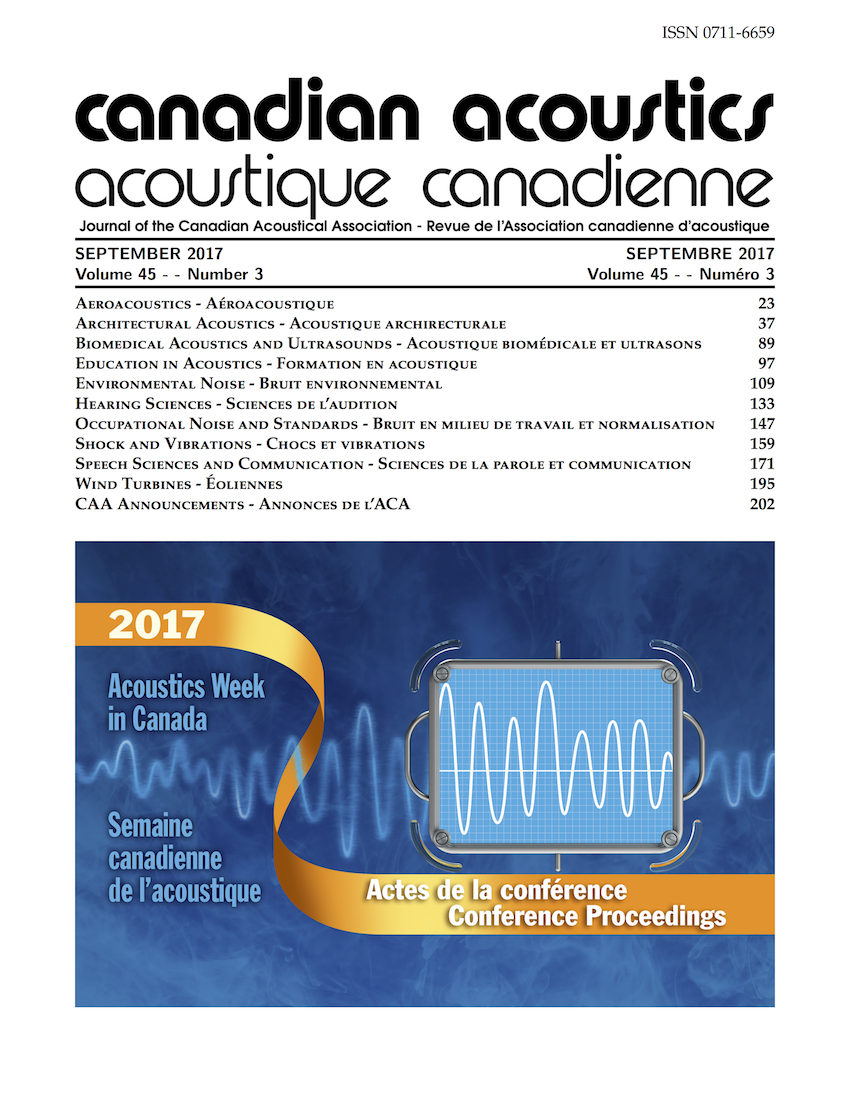Beaver Barracks Acoustical Engineering Case Study
Abstract
This paper presents a case study of the acoustical engineering undertaken in support of a 252 unit social housing project. This project was located in an area just south of the Ottawa downtown core, known as the “Beaver Barracks” (so-named because of the past use of the site as temporary housing for troops during the Second World War).
The project started with a competitive bidding process. We partnered with the successful proponent, Centretown Citizens Ottawa Corporation, with which we had/have an ongoing working relationship.
High levels of cooperation between the Owners, Project Architect, Mechanical and Electrical Engineers, and the General Contractor meant that good acoustical performance was delivered in the most timely and cost-effective manner possible.
This paper describes the project process from concept to final commissioning, including design criteria, concept designs, environmental (traffic) noise, field reviews and testing. Many challenges arose during the project: cost pressures; complications due to the mechanical system sophistication (geothermal with energy recovery); quality control issues with some sub-trades; and the complexities of three different building types (concrete apartments; wood apartments, and stacked wood townhouses); all located on a small site surrounded by buildings and roadways.
Additional Files
Published
How to Cite
Issue
Section
License
Author Licensing Addendum
This Licensing Addendum ("Addendum") is entered into between the undersigned Author(s) and Canadian Acoustics journal published by the Canadian Acoustical Association (hereinafter referred to as the "Publisher"). The Author(s) and the Publisher agree as follows:
-
Retained Rights: The Author(s) retain(s) the following rights:
- The right to reproduce, distribute, and publicly display the Work on the Author's personal website or the website of the Author's institution.
- The right to use the Work in the Author's teaching activities and presentations.
- The right to include the Work in a compilation for the Author's personal use, not for sale.
-
Grant of License: The Author(s) grant(s) to the Publisher a worldwide exclusive license to publish, reproduce, distribute, and display the Work in Canadian Acoustics and any other formats and media deemed appropriate by the Publisher.
-
Attribution: The Publisher agrees to include proper attribution to the Author(s) in all publications and reproductions of the Work.
-
No Conflict: This Addendum is intended to be in harmony with, and not in conflict with, the terms and conditions of the original agreement entered into between the Author(s) and the Publisher.
-
Copyright Clause: Copyright on articles is held by the Author(s). The corresponding Author has the right to grant on behalf of all Authors and does grant on behalf of all Authors, a worldwide exclusive license to the Publisher and its licensees in perpetuity, in all forms, formats, and media (whether known now or created in the future), including but not limited to the rights to publish, reproduce, distribute, display, store, translate, create adaptations, reprints, include within collections, and create summaries, extracts, and/or abstracts of the Contribution.


